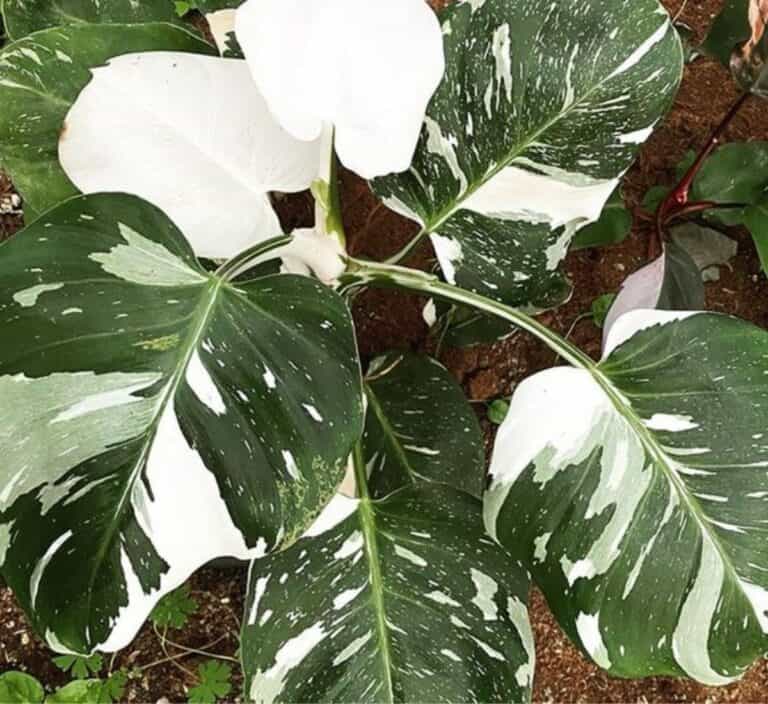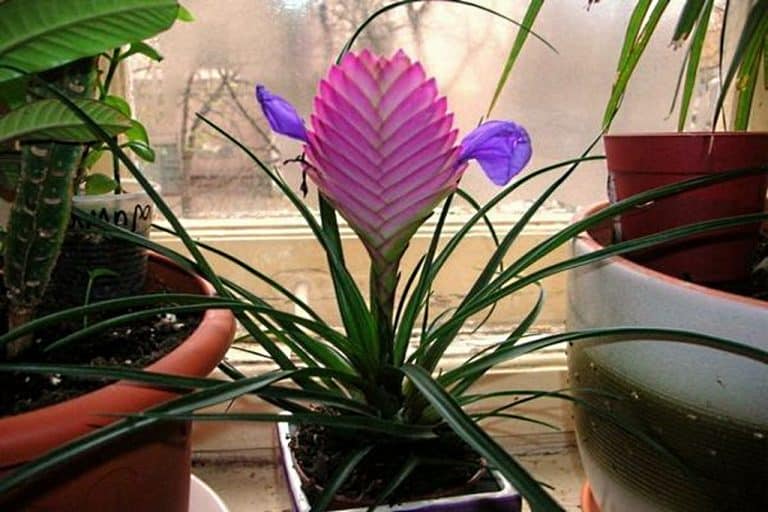8 reasons why leaves turn yellow on indoor plants
Yellow leaves on plants are caused by various factors, such as over-watering, under-watering, temperature differences, position with too little or too much natural light, lack of nutrients or too much fertilization, fungal or viral diseases or pests. Often the appearance of a yellow color on the leaves is a normal aging process, in which the plant discards the old leaves and creates new leaves.
Excessive watering
This is one of the most common causes of yellowing leaves. Always check soil moisture before each watering. If the upper half is still wet, the plant does not need additional watering. By keeping the soil constantly moist, the roots do not get enough oxygen, which is crucial for root development, which eventually causes root rot.
- Signs: The leaves begin to turn yellow and wither, the trees become soft to the touch, black spots appear on the leaves and on the stem.
- Solution: The most important thing is to water less and make sure that the plant does not have water standing at the bottom of the decorative pot. Most tropical plants are best watered only when the soil is almost completely dry, then we water the plants abundantly. It is important that the plant is in a pot that has holes for draining water. You can also transfer the plant to a slightly more airy substrate (a mixture of soil, perlite and pine mulch), which will allow more oxygen to enter the soil.
- Tip: It is much easier to save an under-watered plant than an over-watered one. That is why it is recommended to wait until the plant hangs its leaves and shows that it is thirsty, rather than watering it too much when it does not need it. A few hours after watering plant will be like new. If you water the plant too much and the roots rot, it is a bit more complicated to solve the problem (it would be best to cut the rotten roots and transplant it into dry soil).
Too little watering
Another common problem that happens during the summer or if we are away from home for a long time. Lift the pot with the plant and if it is lighter than usual, if the soil is dry, it is a sign that it needs watering.
- Signs: Leaves turn yellow, bend inward, and hang.
- Solution: Water the plant well, they are more comfortable with infrequent watering with a large amount of water than frequent watering with little water. You can also shower plant with water, that way you will certainly water it well and wash off the dust from the leaves, thereby allowing it to carry out photosynthesis better.
Temperature shock
Temperature is another factor that affects changes in leaf color. Tropical plants do not like draughts, nor do they like positions directly above radiators. As a result, the leaves become pale yellow or almost white. If the plant is in the cold for a long time (below 10 degrees) and yellow leaves and black spots appear, this is a sign that the plant has been damaged by the temperature.
- Signs: All the leaves on the plant turn yellow, and in some cases, the leaves drop off. If the plant is damaged by the cold, black spots appear on the leaves.
- Solution: Place the plant in a room where there is no draft and not too close to radiators or air conditioning. Cut off the most damaged leaves and give the plant time to acclimatize.
Sunlight
Yellow leaves can also be the result of the plant getting too much or too little sunlight. Most plants thrive in bright environments where there is no direct contact with the sun (light comes through windows, tree leaves, bounces off other surfaces before reaching the plant).
- Signs: If the plant is placed in too dark a place, its growth will slow down, and the leaves at the bottom will turn yellow. If the herb is exposed to too much sun, the leaves will turn yellow, and brown spots will appear on them, which are the result of burns.
- Solution: Do not place the plants in direct sunlight. Those who like less light should definitely move away from the afternoon sun, which is the strongest.
Lack of nutrients
You should never forget to fertilize the plants from time to time, a lack of nutrients in the substrate can cause yellowing of the leaves.
- Signs: Leaves are yellow in patterns (e.g. the veins on the leaves are green, there is a yellow color around them), the growth of the plant is slowed down.
- Solution: Fertilize the plant to the extent indicated on the packaging. During the growth period, fertilize the plants more often (you can with each watering), you can also plant the plant in a fresh soil mixture, since fresh soil contains more nutrients.
Excessive fertilization
Although fertilizing plants is recommended, you must be careful not to overdo it. It often happens that plants are fertilized too much, because we want them to grow faster, but it is important that you know that by exaggerating, you create a harmful environment for the plant and there is a possibility of burning its leaves and roots, which causes yellowing of the leaves
- Signs: Leaves turn yellow or brown, dry or fall off.
- Solution: Before you start fertilizing the plant, read what the recommended amount is. If you are fertilizing for the first time, it is better to use a little less fertilizer. Over the winter, the amount of fertilizing is reduced as the plants grow more slowly (of course if they grow, especially Monstera, there is nothing wrong with occasional fertilizing). You can also avoid burnt parts due to fertilizing if you use organic substances, which are not as strong as chemical ones .
Fungal and viral diseases
Yellow leaves on plants are the result of infections such as fungal or viral diseases. Signs and treatment differ depending on the type of disease we are dealing with.
- Signs: Yellow leaves curling upwards, brown leaves with a spreading yellow margin. Pay special attention, if you have high humidity and high temperature, these are ideal conditions for the development of fungi.
- Solution: For prevention, water the plant properly (avoid too much water, as these are ideal conditions for the development of fungi and viruses). Also, fungi can develop from excessive spraying of the leaves, so in such cases we always recommend the use of a humidifier. Its drops are much smaller and are evenly distributed on the leaves. To save a plant that has suffered from fungal infections, use fungicides that contain phosphorus, copper or strobilurin.
Brown spots behind a yellow border can mean a fungal disease
Pests
Damage and symptoms that plants get from pests vary depending on the type of pest, although the most common sign is yellowing leaves. When you notice a problem, first try to find and identify the intruders. Carefully examine the upper and lower sides of the leaves and stems of the plants. Most of the intruders are extremely small and therefore a detailed examination is necessary, in which a light can help us.
- Signs: Change in color and texture of leaves, leaves become spotted or yellow.
- Solution: Recovery depends on the type of intruder. For treatment, you can use organic or chemical insecticides, and as for the quantity, we suggest you always look at the instructions on the packaging. It is important to regularly inspect the condition of the plants, as this is the only way you can notice pests in the early stages, before they do too much damage and it is easier to remove them.
Do not forget that the plant is alive and that it discards old leaves as it ages, which is why the leaves occasionally turn yellow. So, if the plant is healthy and without visible problems, you don’t have to worry if it drops a leaf here and there, that’s normal, especially in the phases of change, from the growing season to the resting season. This most often happens to Alocasias, which shed their leaves in autumn and winter, discard them one by one, and regenerate new ones in spring.







